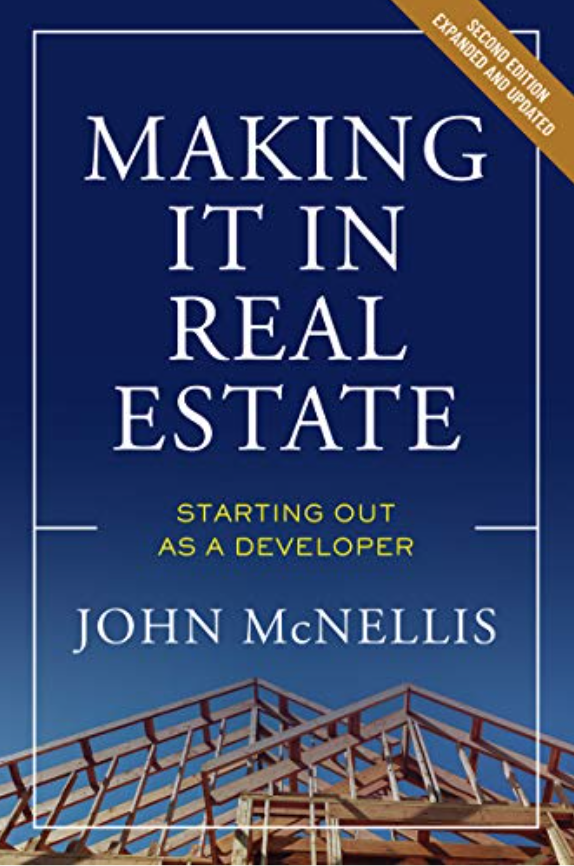Putting the black in Black Friday, the Wall Street Journal found almost no pulse in traditional retail last Friday, declaring that shoppers were instead flocking to the malls within their phones. That no one at the Journal trued this conclusion against its own article (same edition) about UPS squeezing e-commerce on delivery costs is another reminder of why titans of industry seldom start out as journalists.
Even Pyrrhic victories require that someone survive.
According to the Journal, UPS charges $8.31 per package delivered. This is why, if bricks & mortar ever were to be assassinated, the killer couldn’t be Amazon. You will buy your $40 worth of books on-line as long as Amazon eats that last-mile delivery cost, as it does for its 63 million Prime members. The moment it attempts to charge the $8.31, the thrifty among you will buy them elsewhere. Amazon understands this financial conundrum. It didn’t acquire Whole Foods for its compassionately-raised kale, but for its 431 stores in top-tier locations. The company will ultimately solve its dilemma over the last-mile by forcing you to drive it. And that means it will soon buy another troubled national retail chain–this time one with a couple thousand outlets–in order to have pick-up locations within a short drive of 90 percent of American shoppers; that is, it will catch up with Wal-Mart physically the way Wal-Mart is catching up with it on-line.
Amazon may be changing retail, it may be shrinking store sizes, but it’s not killing it. It wouldn’t be buying supermarkets and opening its own book stores (15 to date) from coast to coast if it were.
Nor is anything else killing traditional retail.
And therein lies the rub for the “retail apocalypse” proponents. Their problem is the reverse of that which confronts a homicide detective. They have suspects, but no murder. Traditional retail may be battered and bloated, but its sales are ticking upward, and it is limping toward recovery, toward an equilibrium between bricks and e-commerce, toward a balance between available storefronts and retail demand and toward a more sustainable approach to inventory levels. According to the IHL Group, 4,000 more stores will open in 2017 than will close. And IHL reports the bulk of store closures will have been done by just five companies: the technology store of the Eisenhower era, Radio Shack, the seller of the most poorly-made shoes ever, Payless Shoe Source, and three stalwarts from retail’s Hall of Shame, Sear’s, Kmart and JC Penney. The passage of these tattered concepts to the great mall in the sky says more for retail’s on-going vitality than its impending doom.
Depending on their politics, retail’s doomsayers blame different causes for its death. Good liberals to a fault, most journalists are fingering the usual suspects: income inequality (for wiping out middle-class retailers), Wall Street (for letting retailers blow themselves up with debt) and of course landlords. More accurate to blame developers for a generation’s worth of overbuilding and sales-tax-dollar-addicted cities for approving so much unneeded retail. And of all the dumb theories tossed around, the one about landlords intentionally keeping their storefronts vacant for years while they hold out for impossible rents is, simply put, ludicrous. If you’re smart enough to own real estate, chances are you’ve figured out something is better than nothing.
In addition to e-commerce, tech-savvy business writers blame the smart phone itself. This has surface appeal–Apple’s vast wealth came from someone’s hide. Now as critical to human life as photosynthesis, the device’s monthly cost means $100 less that one can spend at the mall. A slash to be sure, but fatal? No.
Even when taken together, these factors are more akin to hyenas than the bubonic plague. They are picking off brick & mortar’s weak, tired and old but the great herd not only moves on, it grows. Retail sales have increased an average of 4.36 percent a year from 1993 through the present and e-commerce sales, while increasing dramatically, are today about where catalogue sales were once upon a time.
Occam’s razor suggests one cause of retail’s woes that gets relatively little air-time: questionable decisions by the retailers themselves. You will likely recall this problem-solving principle stands for the proposition that the simplest explanation is usually the correct one. It is summarized thusly: “When you hear hooves, think horses, not zebras.”
Think retailers.
Here’s an example: We own a shopping center in a sleepy northern California town. One building in our center is, however, owned by the national retailer that vacated it a year ago. Despite interest in the space, it is empty today and likely to remain so until the cows come home. Why? The building is too large to lease to a single new tenant–to be leasable, it must be subdivided–and the retailer is unwilling to put any money into the property. It would rather keep the building vacant and pay all of its attendant costs (taxes, insurance, maintenance and so on) than spend money that it could otherwise use for new store growth. (While this makes limited financial sense, it is yet another example of a corporation putting its own interests ahead of the community’s). But what makes financial sense only to Bernie Madoff is this: The company refuses to sell this property. Why? Because it carries this albatross on its balance sheet at roughly twice its current market value and, rather than realize that loss through a sale, the company would prefer to keep the asset on its books at the inflated value, bury the loss and pay the carrying costs.
If the empty building contributes to the town’s creeping blight, well, the corporation has an obligation to its shareholders to lie to its stock analysts about the value of its assets in order to keep its stock price artificially propped up.
Traditional retail will be just fine–some traditional retailers won’t.


